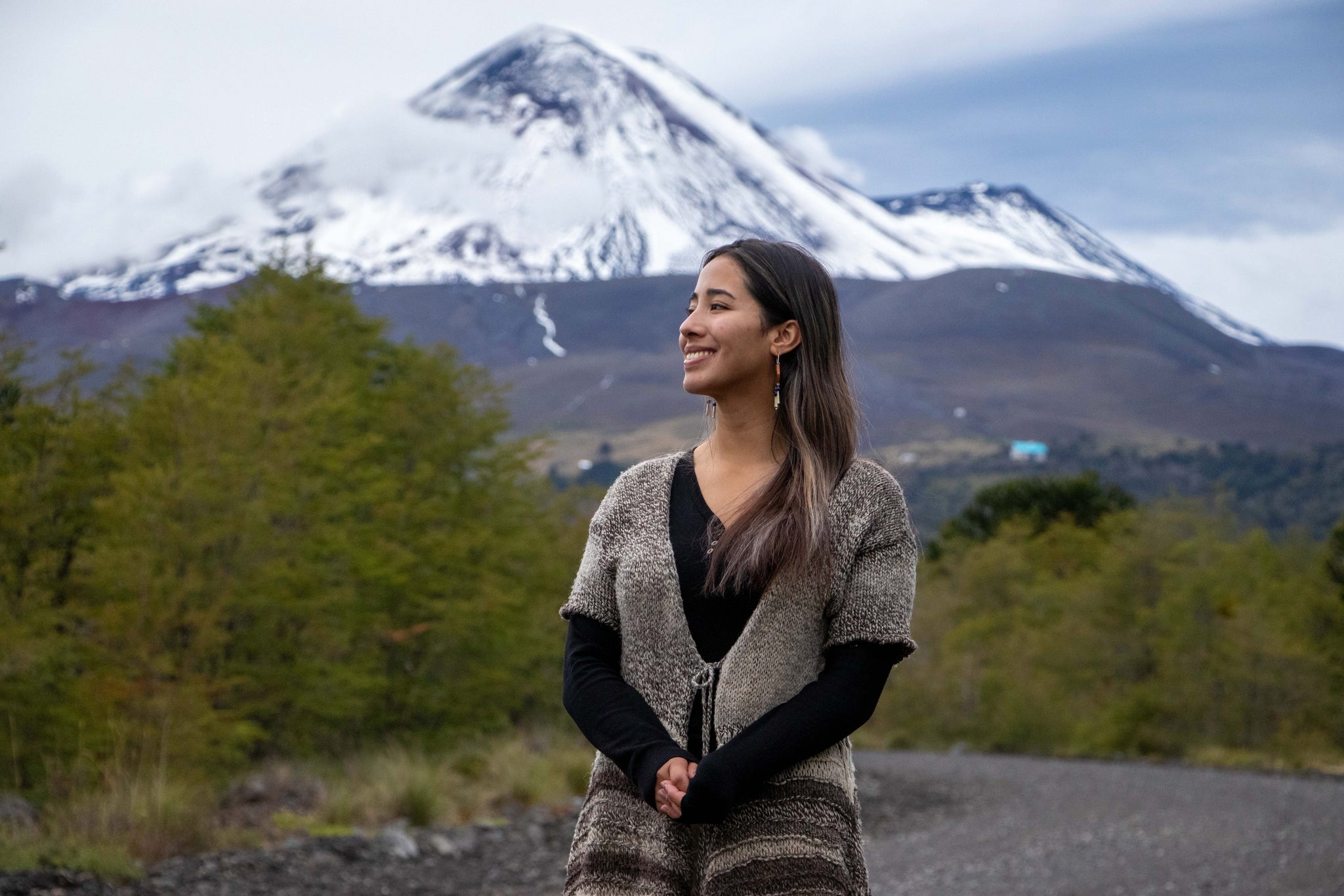
04/2020 architecture & interior
Something magical happened in Southern California in the wake of World War II. As austerity measures slackened, pent-up creativity blossomed. Modernist ideals of hope, progress, and a better vision of tomorrow captivated imaginations around the world. This new philosophy was met with the innovations in building materials and construction that came about during the War—and demand was high for new housing. The result was the movement we now recognize as mid-century modern architecture.

The Blodgett-Calvin Residence was originally designed by Calvin Straub and later updated by Fung + Blatt Architects, who provided a modern take on the structure and the overlooking landscape. The ceramic studio sits among raised beds that combine edibles like lacinato kale with succulents like Agave attenuate. (Photo: Mark Mahaney, The Gardens of Eden)
Nowhere in the United States was the effect of this movement more profound than in Los Angeles County. Mellow temperatures allowed for outdoor spaces to be used year-round, ushering in the concept of indoor-outdoor living. Post-and-beam construction made open floor plans possible and glass a viable building material. Suddenly whole houses were made translucent. As the L. A. Times reported in 2018, these new advancements placed an emphasis on home landscaping—what you’d see when you looked out your many windows—and turned “the focus from the street to the backyard.”
Years later, Elysian Landscapes has taken the same philosophical approach to the Arroyo Seco garden in San Marino in Los Angeles County. The mid-century home is surrounded by myriad gardens—a “complex campus” as Judy Kameon of Elysian refers to it. Drawing on mid-century modernism’s concept of flow and approach to indoor-outdoor living, each multi-layered outdoor space and garden opens into the next, creating seamless transitions between environments. Architectural elements like patios and large-scale sliding doors are connected by meandering paths and trails, linking the gardens, architecture, and the wilds of nature in a constellation of activity.

The Blodgett-Calvin Residence's pool house, pool, and 'beach' are a tranquil escape from life outside. The crisp geometry of the primary circulation and patios serves as a transition from architecture to landscape. (Photo: Mark Mahaney for Fung + Blatt Architects, The Gardens of Eden)
When considering the plant life, Kameon was influenced by the natural landscape of San Marino and the presence of the nearby seasonal river Arroyo Seco. Kameon dotted the spaces between the indigenous redwoods and oak trees with low-water consuming native subtropical and Mediterranean plants to accommodate the seasonal variability of lushness and aridity.
Native plant gardens have grown in abundance and importance over recent decades. As the name suggests, native plants are ones that occur naturally in a given region. They co-evolved along with the insects, birds, wildlife, and even the people living where they grow. Native plants are, in the authoritative words of the National Audubon Society, “the ecological basis upon which life depends.”

The pool house of the Blodgett-Calvin Residence is connected through an updated matrix of connections that were designed by Fung + Blatt Architects. The warm palette of low-water needs native, subtropical, and Mediterranean plantings to knit together a boundless and continuous landscape from the surrounding indigenous vegetation. (Photo: Mark Mahaney. The Gardens of Eden)
Over the past century, the increased interest in exotic plants, imported ornamentals, and a fascination with manicured lawns, coupled with an increase in urban sprawl, have devastated many native habitats. However, creating your own native plant garden can help counteract these effects. Plus, native plant gardens are among the easiest to maintain because the plants have evolved to grow in the conditions of your area and with your region’s rainfall, and they are naturally more fire-resistant. Thus, they require fewer pesticides and less water.
To get started with a native plant garden of your own, visit a local park, botanical garden, or native plant nursery and inquire what plants are native to the area. Ask the same questions when starting a native plant garden as you would for any other: what is the sun exposure, temperature, elevation, water conditions, and soil pH of the area where I’m planting? Next, design your space based on plant height, color, texture, and the needs of the plants as you would any other garden. These small steps, right in your own backyard, are an easy way to rehabilitate a landscape and make it more utopian and boundless than even the modernists could have imagined.
Escape into The Gardens of Eden, available in German and English.
All images are from Blodgett-Calvin Residence which was reimagined by Fung + Blatt Architects, between 2010-2014.













